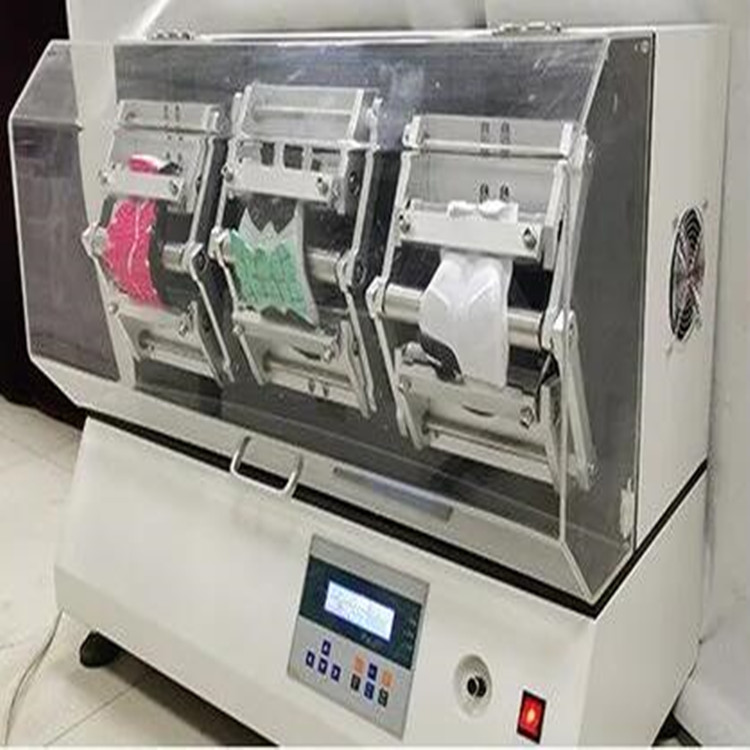EN Sole Zigzag Tester: Evaluating Footwear Flexibility and Durability
The EN sole zigzag testing machine is designed to assess the flex resistance of shoe soles under repeated bending cycles, ensuring compliance with European footwear durability standards. By simulating walking motions, it identifies material fatigue and cracking risks, critical for quality control in footwear manufacturing.
Standard Teraplikasi
The tester adheres to EN ISO 20344:2011, specifying requirements for occupational footwear flexibility. Key metrics include the number of cycles to failure and residual deformation after testing.
Parameter utama
- Bending Angle: Adjustable up to ±90° (simulates toe flex).
- Test Frequency: 100–300 cycles/minute (adjustable speed).
- Load Capacity: 50–200 N (simulates body weight impact).
- Counter Siklus: Digital display for real-time monitoring.
| Parameter | Range/Specs |
|---|---|
| Bending Plate Radius | 5–25 mm (matches shoe size) |
| Sample Thickness | Up to 30 mm |
| Power Supply | 220V/50Hz |
Prinsip kerja
The machine uses a motor-driven bending plate to repeatedly press the sole’s toe area. Sensors track force and displacement, while a counter records cycles until failure (e.g., cracks >2mm).

Prinsip Ujian
- Sample Preparation: Cut soles to standard dimensions (e.g., 50x50mm).
- Cycle Execution: Apply load and bend at ±45° or ±90° (per standard).
- Failure Criteria: Visual inspection for cracks or material separation.
- Result Analysis: Compare cycles-to-failure against minimum thresholds (e.g., >50,000 cycles).
This tester ensures footwear withstands daily wear, reducing premature failure and enhancing user comfort. It’s essential for manufacturers complying with EN standards and optimizing sole design.






